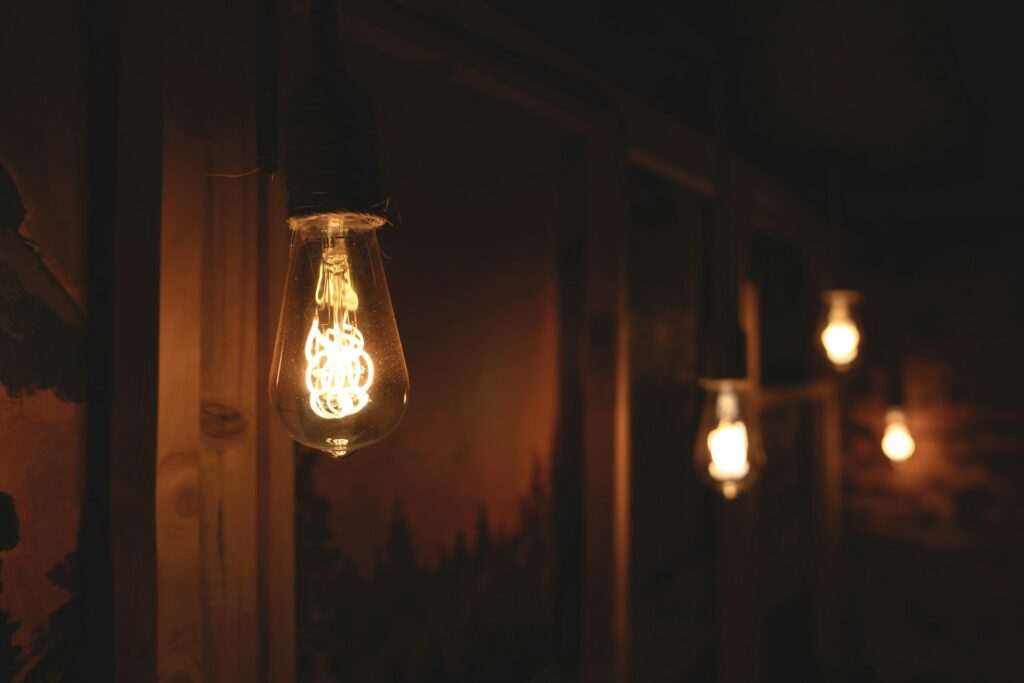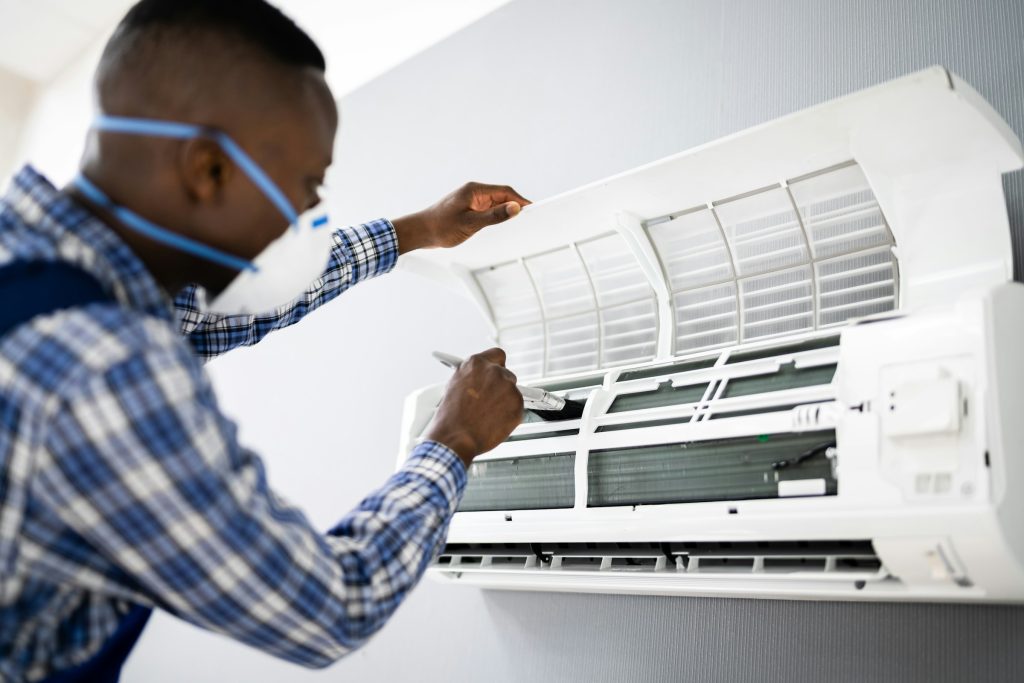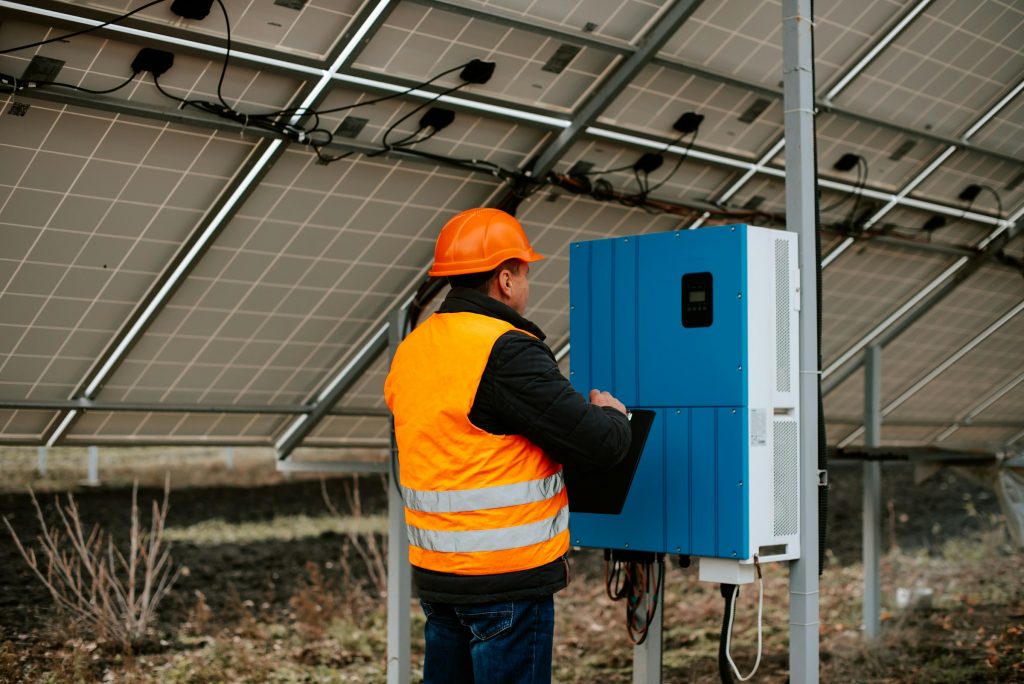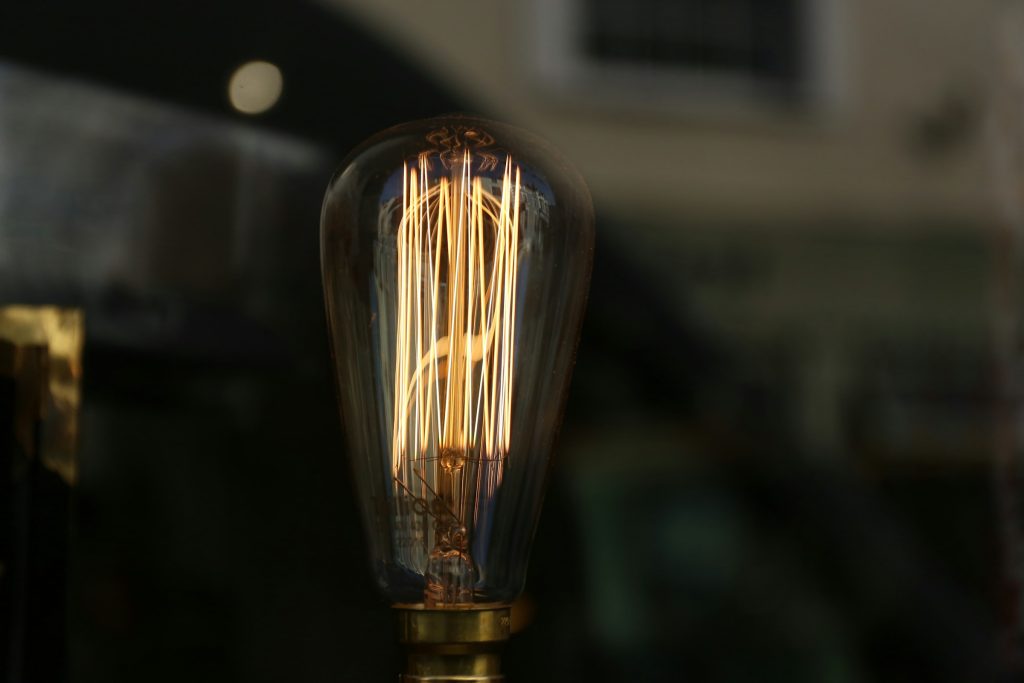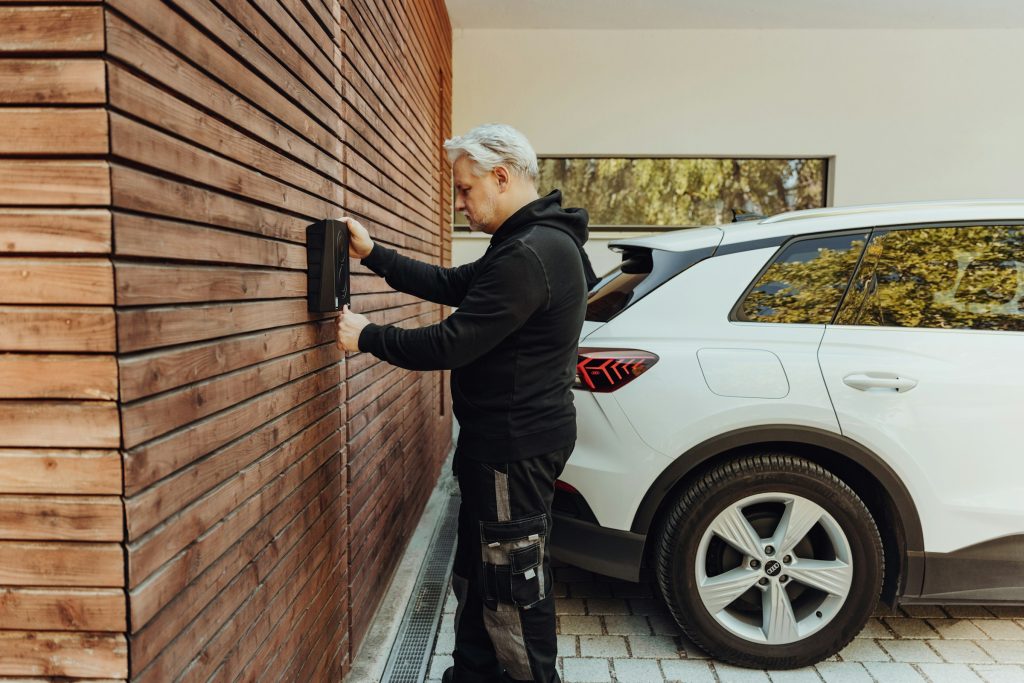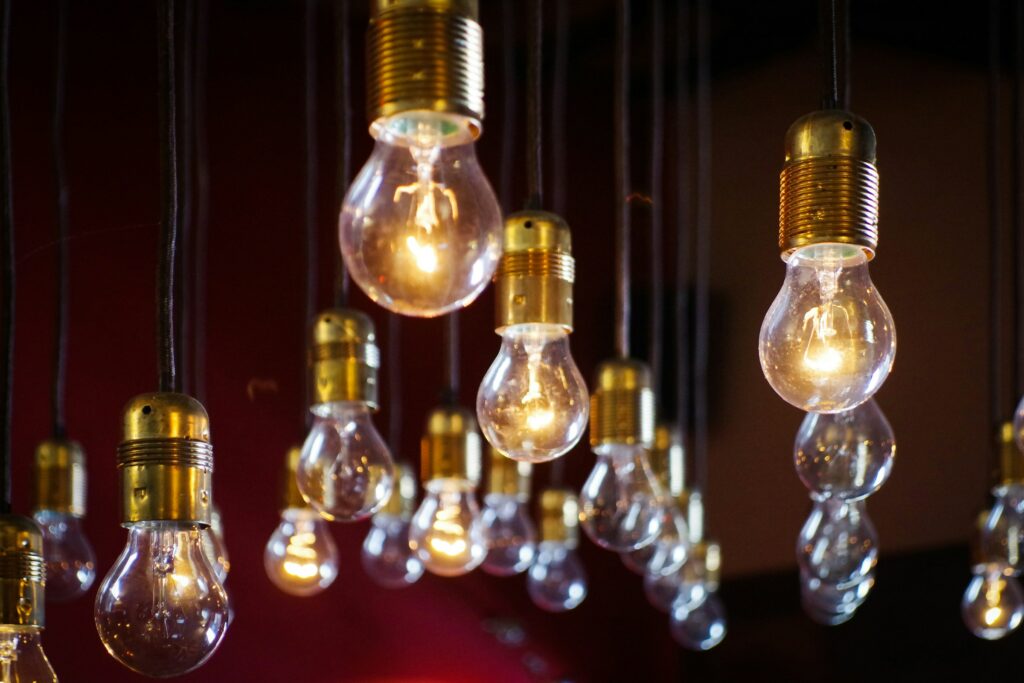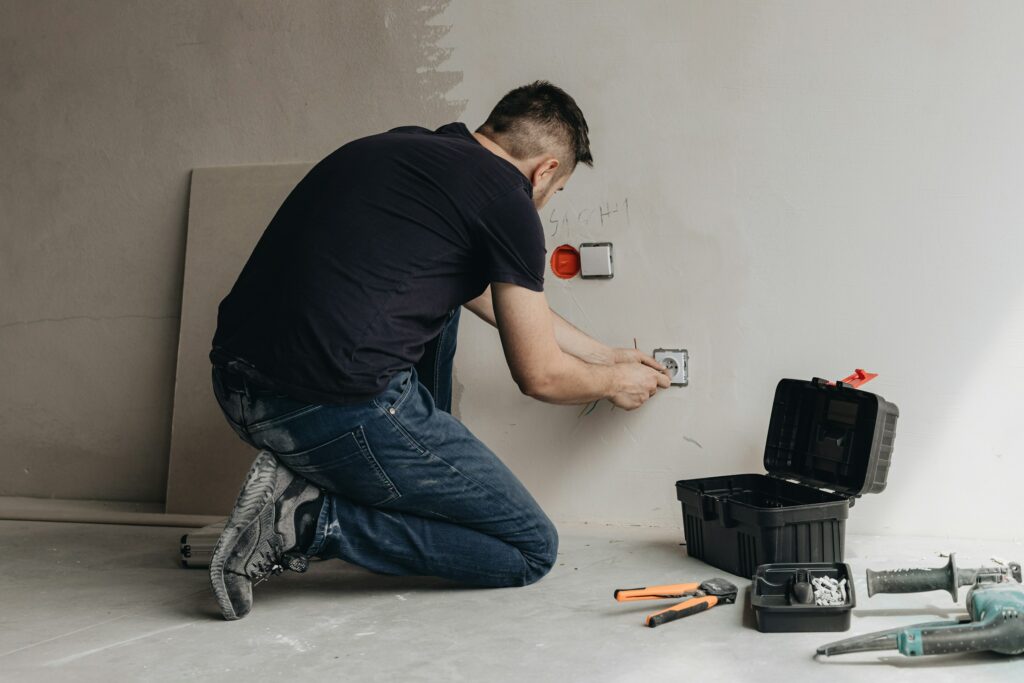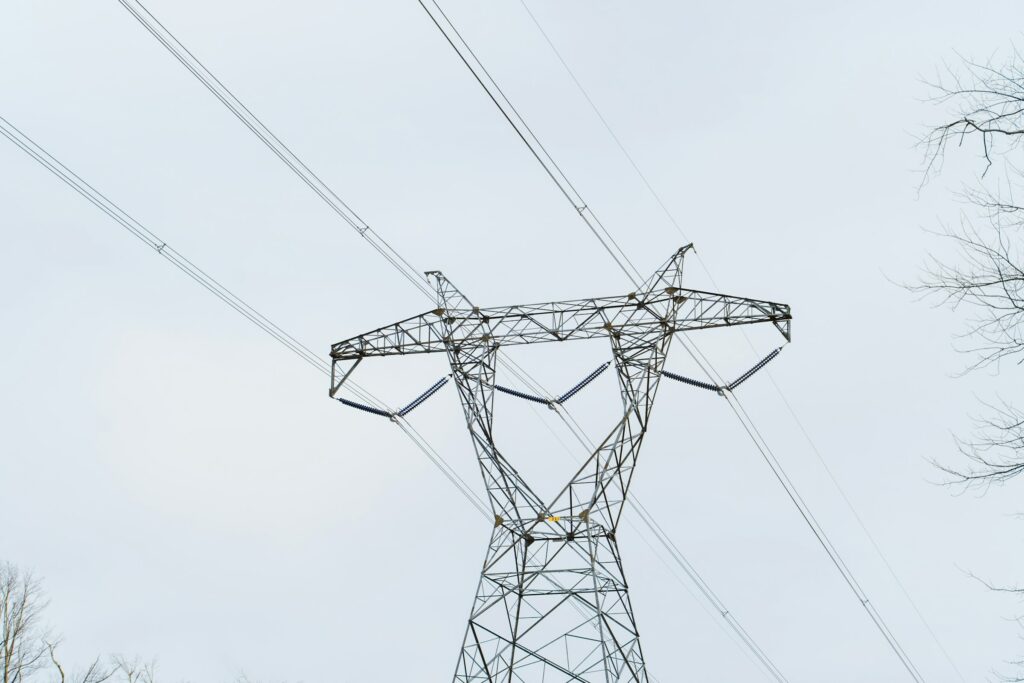In an era where our lives are intertwined with electronics and appliances, understanding and managing power surges is more than a necessity—it’s a survival skill. Imagine, in the blink of an eye, your cherished gadgets could go from functioning to fried.
This isn’t just about inconvenience; it’s about protection and preparedness. Let’s dive into a comprehensive guide that makes managing power surges accessible to everyone, from the tech-savvy to fifth graders.
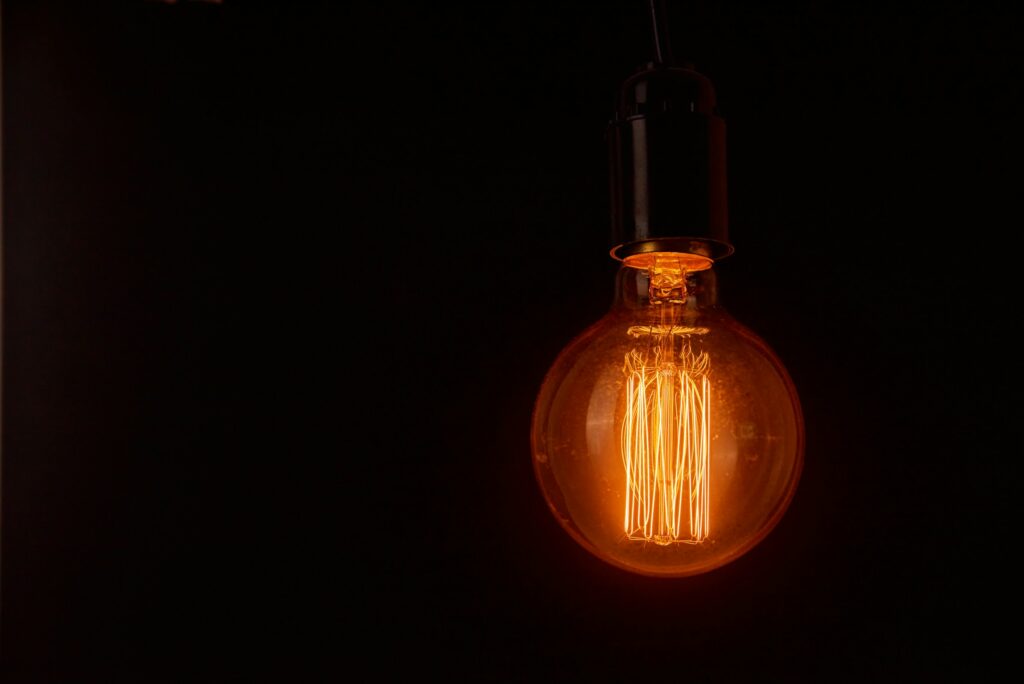
Understanding the Beast: What is a Power Surge?
At its core, a power surge is a sudden spike in electrical voltage that exceeds the norm. This spike can last for a fraction of a second but can potentially leave a trail of destruction in its wake. From your morning alarm clock to your refrigerator humming in the kitchen, no device is immune to its impact. Surprisingly, most power surges originate from within our homes, contrary to the popular belief that they are solely the offspring of dramatic weather events.
The Culprits Behind Power Surges
Power surges are like the unexpected guests of the electrical world, showing up without warning and often leaving chaos in their wake. They can be triggered by various factors, from the seemingly mundane to the dramatic. Here’s a closer look at some of the primary culprits:
Internal Overload
Imagine your home’s electrical system as a party venue and each gadget you plug in as a guest. There’s a limit to how many guests the venue can handle before things get out of hand. When too many gadgets (guests) demand power from a single outlet (venue), it’s akin to overloading the venue, leading to a potential power surge. This scenario is called an internal overload and is a common cause of surges within homes.
Lightning Strikes
While less common, lightning strikes represent one of the most dramatic causes of power surges. A single bolt of lightning can wreak havoc on an entire home’s electrical system in an instant, overwhelming circuits with excessive voltage and causing extensive damage.
Faulty Wiring
Damaged or outdated wiring in a home acts like an open gate, inviting power surges to walk right in. Faulty wiring offers little resistance to sudden spikes in voltage, allowing surges to pass through unimpeded and potentially damage connected devices.
Power Restoration Surges
After a power outage, power restoration surges occur when the electricity supply is suddenly reinstated. It can cause a rush of electrical current to flow through the home’s wiring, triggering a surge. The sudden influx of power can be compared to turning on a water hose full blast after it’s been off for a while; the initial rush can be jarring.
- Cause: The sudden re-energisation of power lines after an outage. When electricity is restored, it can come back with a sudden spike in voltage.
- Risks: The initial spike can exceed the tolerance of household appliances and electronics, potentially causing damage.
- Prevention Tips: Surge protectors can help safeguard your appliances against such spikes. It’s also wise to turn off or unplug sensitive electronics during an outage and reconnect them once the power stabilises.
- What to Watch For: After power is restored following an outage, pay close attention to your electronics and appliances for any signs of malfunction or damage, which could indicate they’ve been affected by a surge.
Shielding Your Castle: Protecting Your Home from Power Surges
Install Whole-Home Surge Protectors
- What They Are: Whole-home surge protectors, installed at your home’s electrical panel, act as a comprehensive shield against power surges.
- Benefits: These devices protect against surges originating inside and outside your home, safeguarding all connected devices.
- Installation: It’s recommended to have a professional electrician install whole-home surge protectors to ensure proper integration with your home’s electrical system.
Use Surge-Protected Power Strips
- What They Are: Surge-protected power strips protect electronics plugged into them from power surges.
- Selective Protection: Ideal for safeguarding specific, sensitive devices such as computers, TVs, and home entertainment systems.
- Features to Look For: When purchasing, look for power strips with a high joule rating, indicating the amount of energy the strip can absorb before failing.
Unplug Devices During Storms
- Simple Yet Effective: Unplugging electronics during severe weather conditions is one of the most straightforward methods to prevent surge damage.
- Preventative Action: While unplugging every device may not be practical, focus on high-value items or those most sensitive to power fluctuations.
Conduct Regular Wiring Inspections
- Importance of Maintenance: Faulty or outdated wiring can increase the risk of power surges and pose a significant fire hazard.
- Professional Inspections: Hire a qualified electrician to perform regular inspections, especially if your home is older or you’ve experienced frequent power surges.
- Key Areas of Focus: Electricians should check for any signs of wear and tear, improper installations, or outdated components that might contribute to surge risks.
After the Storm: Responding to a Power Surge
When your home faces the aftermath of a power surge, swift and effective action is crucial to minimise damage and ensure safety. Here’s a structured approach to managing the situation, drawing on insights from trusted sources.
Reset and Unplug Your Electronics
- Action: Begin by resetting your electronics; this simple step might just bring them back to life.
- Reason: Power surges often cause electronics to malfunction temporarily. A reset can help restore their functionality.
- Source Insight: According to the Constellation Blog, resetting your electronics is a critical first step in reviving devices affected by a power surge.
Inspect for Damage
- Action: Conduct a thorough inspection of your devices and outlets for any visible signs of damage. Look for singed wires, a burnt odour, discolouration around outlets, or damaged components.
- Reason: Identifying physical damage can help determine the extent of the surge’s impact and prevent potential safety hazards, like electrical fires.
- Source Insight: The Constellation Blog and Inspire Energy highlight the importance of assessing damage after a surge to understand which devices are safe to use and which may need repairs or replacements.
Call in the Professionals
- Action: If you’re uncertain about the extent of the damage or how to address it, seek the assistance of a professional electrician.
- Reason: An expert can comprehensively assess the electrical system’s condition, suggest necessary repairs, and ensure your home is safe from electrical hazards.
- Source Insight: Inspire Energy emphasises the value of professional guidance for peace of mind and ensuring all damage is accurately identified and addressed.
The Bottom Line:
By demystifying power surges and adopting a proactive approach to their management, you can safeguard your electronic treasures and maintain peace of mind. Remember, an ounce of prevention is worth a pound of cure in electronics.
Frequently Asked Questions:
Can power surges damage any appliance?
Yes, power surges can damage or even destroy appliances and electronic devices.
Are power surges dangerous?
Power surges can pose fire hazards and risk to personal safety, especially if they lead to overheating or damage of appliances.
How often should I inspect my home’s wiring?
Regular inspections are recommended, especially for older homes, to prevent wiring-related surges.
